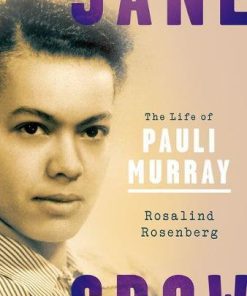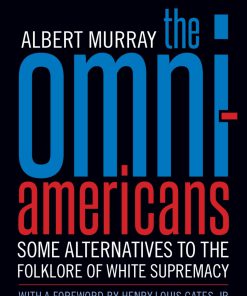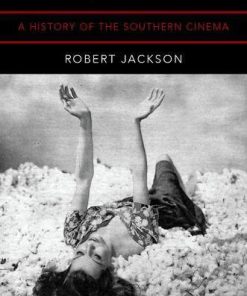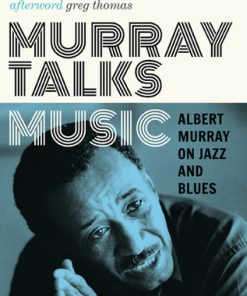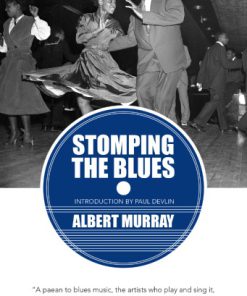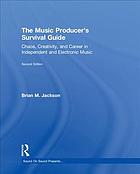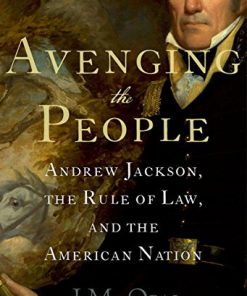Creativity and Psychotic States in Exceptional People The work of Murray Jackson 1st Edition by Murray Jackson 1317536871 9781317536871
$50.00 Original price was: $50.00.$25.00Current price is: $25.00.
Creativity and Psychotic States in Exceptional People The work of Murray Jackson 1st Edition by Murray Jackson – Ebook PDF Instant Download/DeliveryISBN: 1317536871, 9781317536871
Full download Creativity and Psychotic States in Exceptional People The work of Murray Jackson 1st Edition after payment.
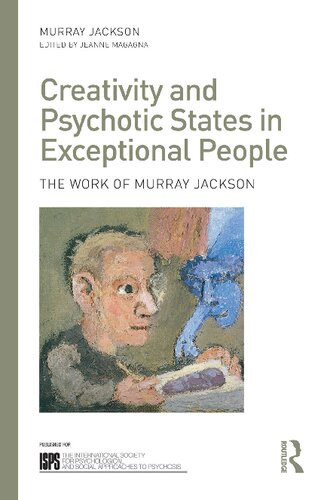
Product details:
ISBN-10 : 1317536871
ISBN-13 : 9781317536871
Author: Murray Jackson
Creativity and Psychotic States in Exceptional People tells the story of the lives of four exceptionally gifted individuals: Vincent van Gogh, Vaslav Nijinsky, José Saramago and John Nash. Previously unpublished chapters by Murray Jackson are set in a contextual framework by Jeanne Magagna, revealing the wellspring of creativity in the subjects’ emotional experiences and delving into the nature of psychotic states which influence and impede the creative process. Jackson and Magagna aim to illustrate how psychoanalytic thinking can be relevant to people suffering from psychotic states of mind and provide understanding of the personalities of four exceptionally talented creative individuals. Present in the text are themes of loving and losing, mourning and manic states, creating as a process of repairing a sense of internal damage and the use of creativity to understand or run away from oneself. The book concludes with a glossary of useful psychoanalytic concepts. Creativity and Psychotic States in Exceptional People will be fascinating reading for psychiatrists, psychotherapists and psychoanalysts, other psychoanalytically informed professionals, students and anyone interested in the relationship between creativity and psychosis.
Creativity and Psychotic States in Exceptional People The work of Murray Jackson 1st Table of contents:
1 John Nash Reason’s approach to an alternative reality
Prologue
Why study John Nash?
Background history
The biographer’s views
The film: A Beautiful Mind
Evolution of Nash’s psychosis
Some conflicts underlying Nash’s psychotic states
Persecutory delusions
Manic delusions of omnipotence
The search for sanctuary and the claustro-agoraphobic dilemma
Auditory hallucinations
Final relinquishment of medication and entry into ‘The Inferno’
‘Repentingness oscilloscope’ – moving towards depressive concern
‘Self-cure’ and a return to sanity
Hope, relief and new beginnings
What if?…
Recovery and after
Some interdisciplinary and social implications
Conclusion
Note
2 Vaslav Nijinsky Living for the eyes of the other
Prologue
Writings on Nijinsky
Part 1 Nijinsky: A Biographical Sketch
Nijinsky’s early life
Early stages of Nijinsky’s dance career
The golden years of ‘Nijinsky the God’
Developing his own innovativeness
Search for an independent self
The first tour to South America
Romola, Nijinsky’s future wife
The birth of a daughter, Kyra
Being a prisoner of war
The first US tour
The second US tour
Madrid and the second tour to South America
Reunion with his beloved daughter, Kyra
Moving to St Moritz
Breakdown
Commencement of psychotherapy
Psychiatric assessment and admission into hospital
Final separation
Psychotherapy attempted for a second time
The end of the ‘talking’ treatment – but why?
The arrival of the second child, Tamara
Freud, Adler and others
Family members’ separation
Insulin shock treatment
In London – Nijinsky’s final years and his death
Part 2 Nijinsky And The Treatment Of Psychosis
Psychoanalytic treatment of psychotic states: then and now
The origins and evolution of psychotic disorders
Genetic influences
The early environment
Factors contributing to Nijinsky’s vulnerability to later psychosis
The encapsulation complex
Regressive episodes and murderous rage
The diary
The significance of red roses
The murderous internal father
Guilt and the death of Stanislav: ‘the strange smile’
Factors precipitating the breakdown – triggers on a loaded gun
Separation and jealousy
Epilogue
The worst things
3 JosÉ Saramago Sanity and the overcoming of adversity
Early history
Childhood’s end – the final scene of the memoirs
Memories return – ‘From times past comes an image’
On Blindness
Saramago the writer
Psychoanalytic reflections on Blindness
Sin and guilt
Redemption and transformation of the personality
Mourning and creativity
Dreams and nightmares – real and fictional – meanings
Siblings in the unconscious
An enigma remains
Seeing as a catastrophic sequel
Reflections
Conclusion
4 Vincent Van Gogh Enduring unrequited love
Early years
Vincent’s first love and its aftermath
Vincent’s second love
Vincent’s third attempt to gain love
Despair externalized and mitigated through creative expression
Vincent’s first exhibition
Vincent’s friendship with Gauguin and his self-harm
Vincent’s love for Theo and Vincent’s suicide
Conclusion
5 Conclusion
Curiosity coupled with the capacity to be alone
Emotional and intellectual capacity
Freedom from excessive internal and external criticism
Passionate immersion in the creative process
Identifications with loved and healthy aspects of family members
Identifications with possible inadequacies in parental containment
Loss and its effects on the four artists’ creativity
Fostering creativity
Creativity, psychoanalysis and psychotic states of mind
Concluding comments
Glossary
Appendix
Award
People also search for Creativity and Psychotic States in Exceptional People The work of Murray Jackson 1st:
creativity and insanity
creativity and madness psychological studies of art and artists
creativity and psychology
is creativity a mental illness
creativity psychology examples
Tags: Creativity, Psychotic, Exceptional People, Murray Jackson, Murray Jackson
You may also like…
Biography & Autobiography - Peoples & Cultures - Biography
Politics & Philosophy - Sociology
Politics & Philosophy - Anthropology
Politics & Philosophy - Social Sciences
Murray Talks Music Albert Murray on Jazz and Blues Albert Murray
Uncategorized
Fiction - War & Military Fiction
Battle of Kontum 1972 1st Edition by Matt Jackson 9781960249142 1960249142
Biography & Autobiography - Political
Avenging the people : Andrew Jackson, the rule of law, and the American nation 1st Edition Opal




